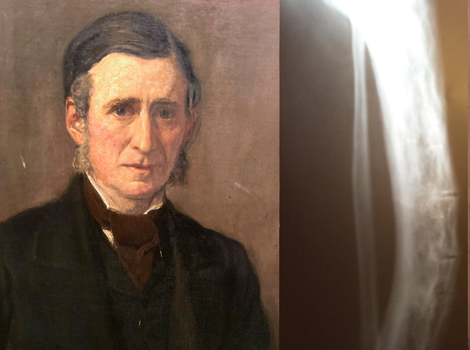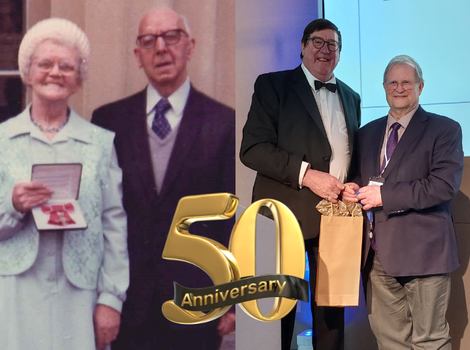
How Paget's disease got its name
Sir James Paget's name was given to several diseases including Paget's Disease of Bone, studying it in great detail and writing his first paper about it in 1877
Read more
History of the Paget's Association
In 1973 the Paget's Association was founded by the late Mrs Ann Stansfield after her husband Alf was diagnosed with Paget’s disease. Photo: Ann and Alf Stansfield; Sir Henry Paget (Patron) and Prof Graham Russell (Hon. President)
Read more